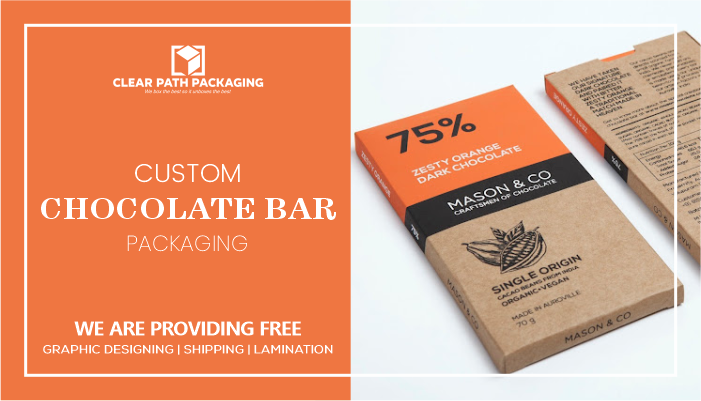Navigating New Roads: Mastering Auto Loans After Chapter 7 Bankruptcy
Introduction
Embarking on a journey after a Chapter 7 bankruptcy can be both challenging and liberating. One of the significant milestones on this road to financial recovery is acquiring a new vehicle. In this comprehensive guide, we will delve deep into the strategies and considerations for obtaining an auto loan after Chapter 7 bankruptcy, with a specific focus on addressing the frequently asked question: how long after Chapter 7 can you buy a car?
Understanding Chapter 7 Bankruptcy
Chapter 7 bankruptcy is a legal process that allows individuals to eliminate most unsecured debts by liquidating non-exempt assets. While it provides a fresh start, it also leaves a mark on your credit report. Lenders view individuals who have undergone Chapter 7 differently, making the journey to securing an auto loan a bit more intricate.
Rebuilding Credit: The Foundation for Future Financial Success
The first crucial step in preparing for an auto loan after Chapter 7 is to focus on rebuilding your credit. Your credit score takes a substantial hit after bankruptcy, and improving it is paramount for securing favorable loan terms. Begin this journey by obtaining a copy of your credit report from major credit bureaus and meticulously checking for inaccuracies. Dispute any discrepancies to ensure your credit history accurately reflects your current financial situation.
Next, establish a positive credit history by responsibly managing new credit accounts. Secured credit cards and small installment loans can be useful tools for rebuilding credit. Timely payments and responsible credit usage will gradually boost your credit score, demonstrating to lenders that you are a low-risk borrower.
Consider working with a credit counseling agency to develop a comprehensive plan for rebuilding your credit. These agencies can offer valuable insights, resources, and assistance in managing your finances post-bankruptcy.
Determining the Waiting Period: Patience as a Virtue
While there is no fixed waiting period to apply for an auto loan after Chapter 7, exercising patience is key. Lenders typically want to see a demonstrated effort to rebuild credit and maintain stable financial behavior. Generally, a waiting period of at least 12 to 24 months after the discharge of your Chapter 7 bankruptcy is advisable before seeking an auto loan.
During this waiting period, focus on maintaining a steady income, saving for a down payment, and keeping your overall debt-to-income ratio in check. Lenders are more likely to approve your loan application if they see responsible financial habits and stability during this interim period.
Saving for a Down Payment: A Solid Start to Your Auto Loan Journey
A substantial down payment can significantly improve your chances of securing an auto loan after Chapter 7. By putting down a larger sum upfront, you demonstrate financial responsibility and reduce the risk for lenders. Aim to save at least 10-20% of the car’s purchase price as a down payment.
Additionally, a larger down payment may qualify you for more favorable loan terms, such as lower interest rates and a shorter repayment period. This not only makes the loan more manageable but also accelerates your journey to full financial recovery.
Consider creating a dedicated savings account specifically for your down payment. Automatic transfers from your paycheck to this account can help you consistently contribute to your savings without feeling a significant impact on your monthly budget.
Exploring Lender Options: Casting a Wider Net
Not all lenders are created equal, and some are more willing to work with individuals who have a bankruptcy on their record. While traditional banks may have strict lending criteria, there are specialized lenders, credit unions, and online lenders that cater to individuals with less-than-perfect credit histories.
Research and compare the offerings of different lenders, paying attention to interest rates, loan terms, and eligibility requirements. Consider obtaining pre-approval from multiple lenders to understand the loan options available to you. This can empower you to make an informed decision and potentially negotiate better terms.
When evaluating lenders, take into account their reputation, customer reviews, and any additional fees associated with their loans. Some lenders may specialize in working with individuals who have undergone bankruptcy, offering tailored solutions to meet your needs.
Choosing the Right Vehicle: Practicality Meets Affordability
When seeking an auto loan after Chapter 7, it’s crucial to be realistic about your budget and choose a vehicle that aligns with your financial situation. Opting for a more affordable car can improve your chances of loan approval and ensure that the monthly payments are manageable.
Consider factors such as fuel efficiency, maintenance costs, and insurance premiums when selecting a vehicle. Additionally, choosing a reliable used car with a good resale value can be a wise financial move. Be diligent in your research and test drives to find a vehicle that not only suits your needs but also fits comfortably within your budget constraints.
Create a budget that outlines your monthly expenses, including potential car payments, insurance, and maintenance costs. This will give you a clearer picture of how much you can comfortably afford and help you make an informed decision when selecting a vehicle.
Negotiating Loan Terms: Crafting a Favorable Deal
Once you’ve identified a potential lender and chosen the right vehicle, it’s time to negotiate the loan terms. Be transparent about your financial history and bankruptcy, emphasizing the positive steps you’ve taken to rebuild your credit. Demonstrate your ability to repay the loan by highlighting your stable income and responsible financial habits.
Negotiate not only the interest rate but also the loan term and any additional fees. Aim for the most favorable terms possible, considering your budget and financial goals. Keep in mind that a shorter loan term may result in higher monthly payments but could save you money in interest over the life of the loan.
Considering Co-Signers and Subprime Lenders: Alternative Paths to Approval
If you find it challenging to secure an auto loan on your own, considering a co-signer or exploring subprime lenders may be viable options. A co-signer with a strong credit history can strengthen your loan application, potentially leading to better terms. However, it’s crucial to communicate openly with your co-signer about the responsibilities and potential impacts on their credit.
Subprime lenders specialize in working with individuals with less-than-perfect credit. While the interest rates may be higher, securing a loan through a subprime lender can be a stepping stone to rebuilding your credit. Carefully evaluate the terms offered by subprime lenders and ensure they align with your financial goals.
Conclusion: Charting a Course for Financial Success
Acquiring an auto loan after Chapter 7 bankruptcy requires strategic planning, patience, and a commitment to rebuilding your financial health. By focusing on rebuilding credit, determining the appropriate waiting period, saving for a down payment, exploring lender options, choosing the right vehicle, negotiating favorable loan terms, and considering alternative paths to approval, you can pave the way for a successful post-bankruptcy auto loan.
Remember that each individual’s financial journey is unique, so tailor these strategies to fit your specific circumstances. With dedication and smart financial choices, you can turn the page on Chapter 7 and confidently drive towards a brighter financial future. As you navigate the roads ahead, may each turn bring you closer to lasting financial success and stability.





